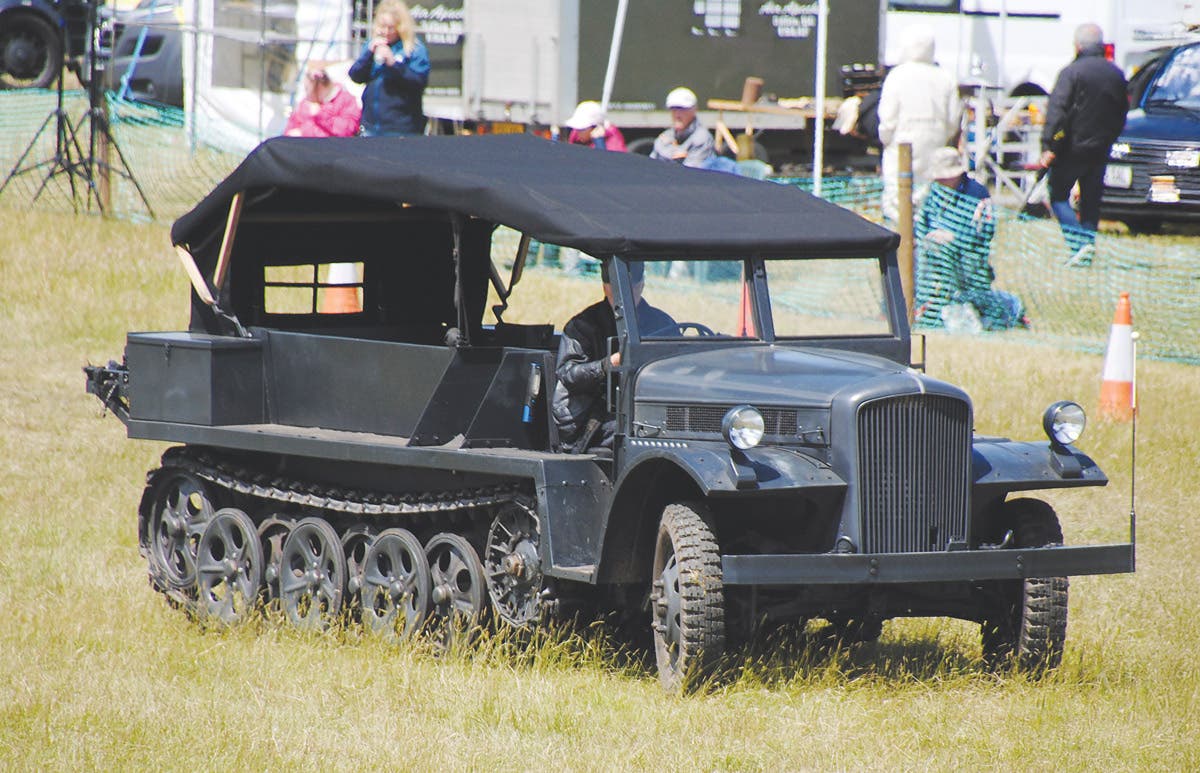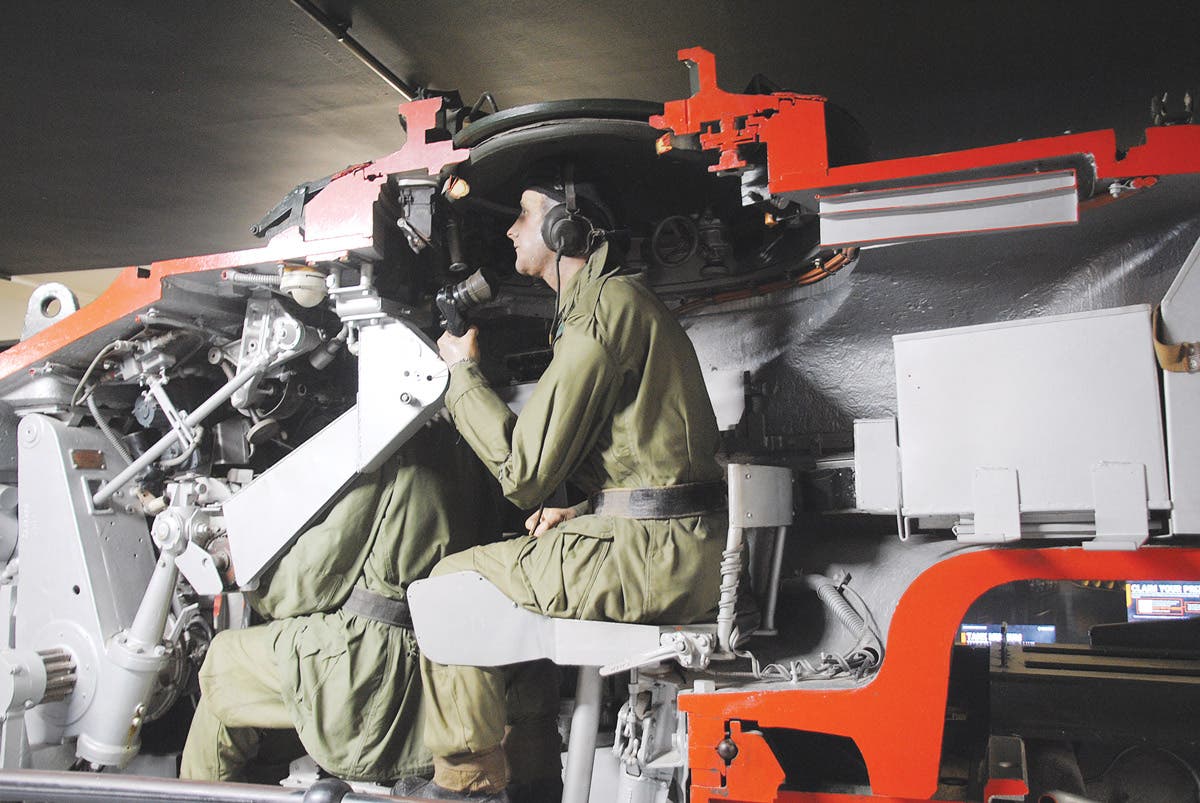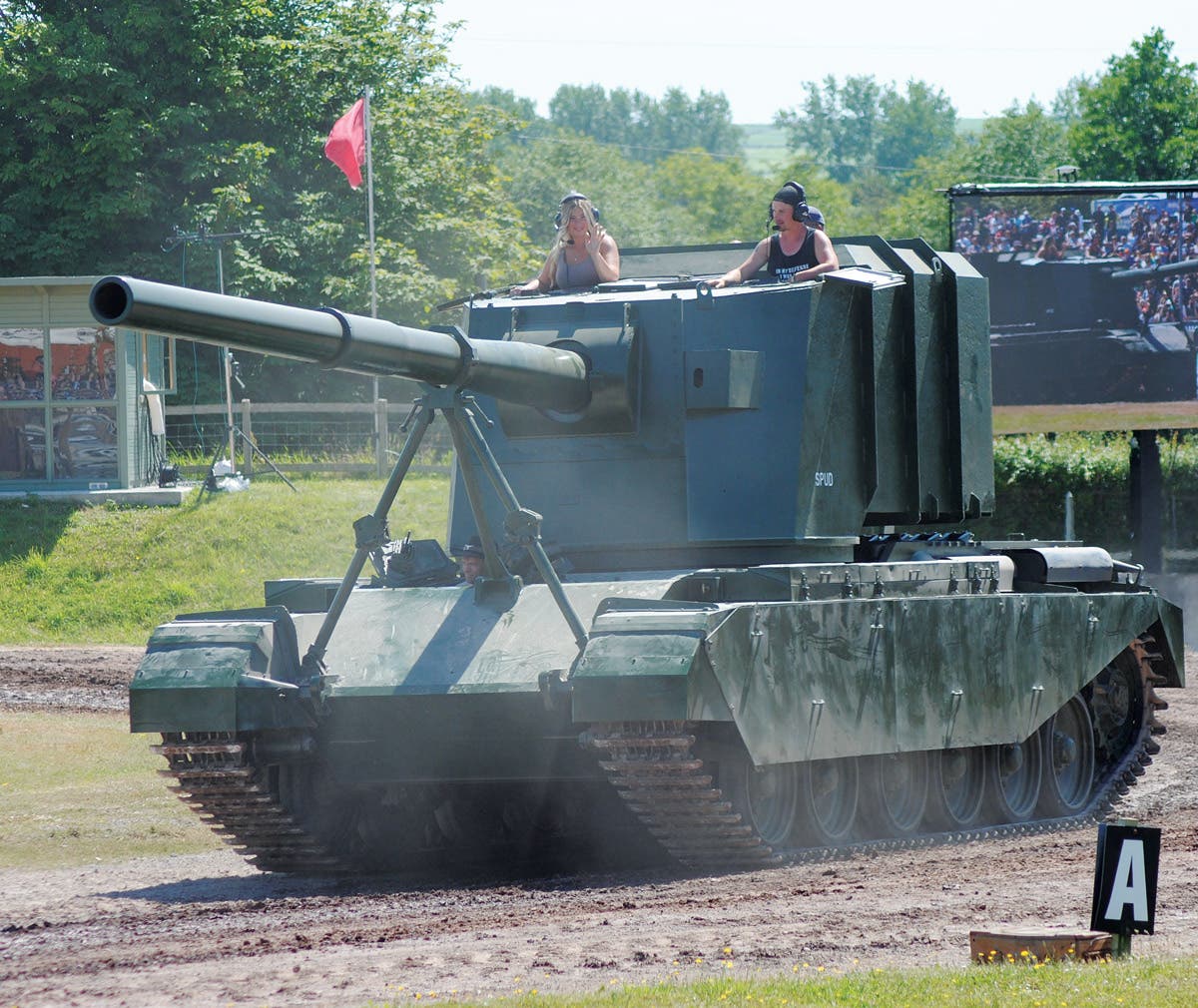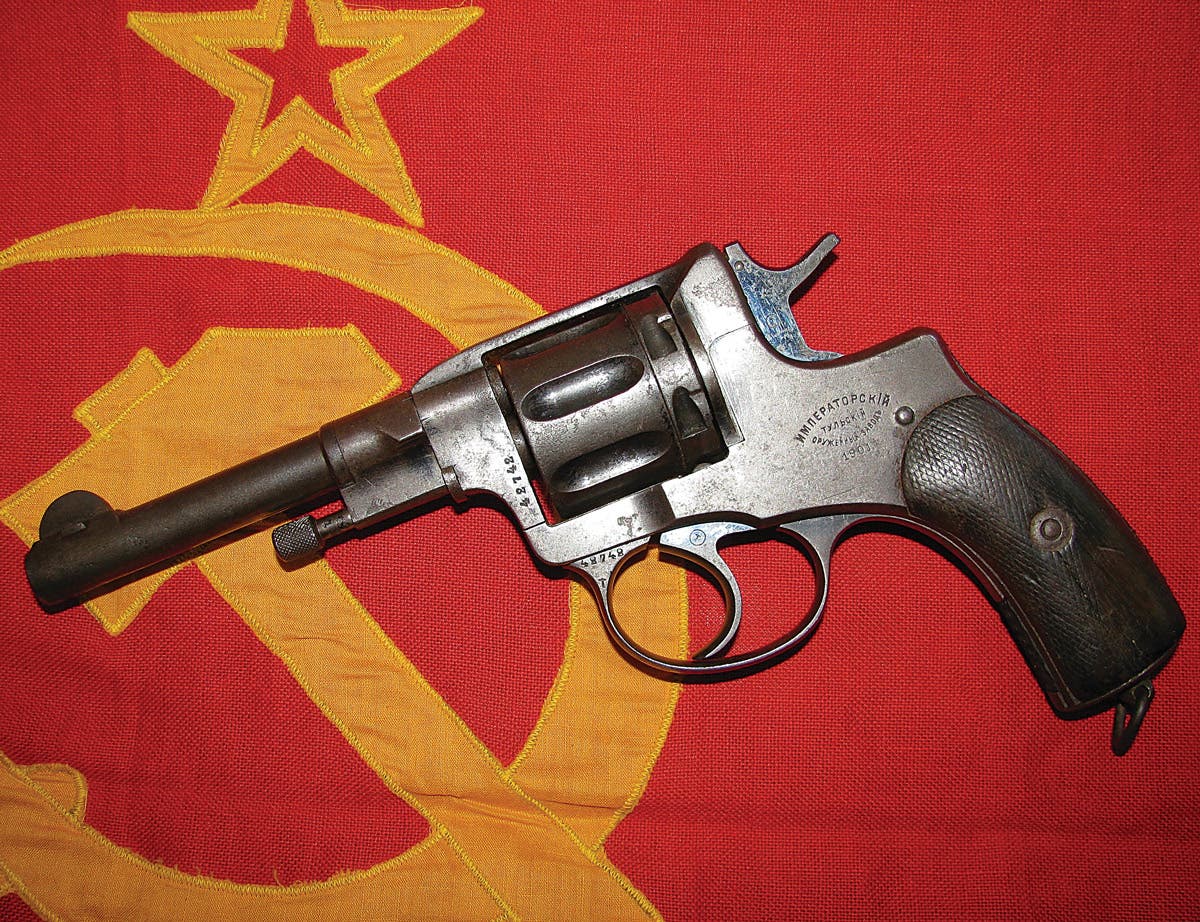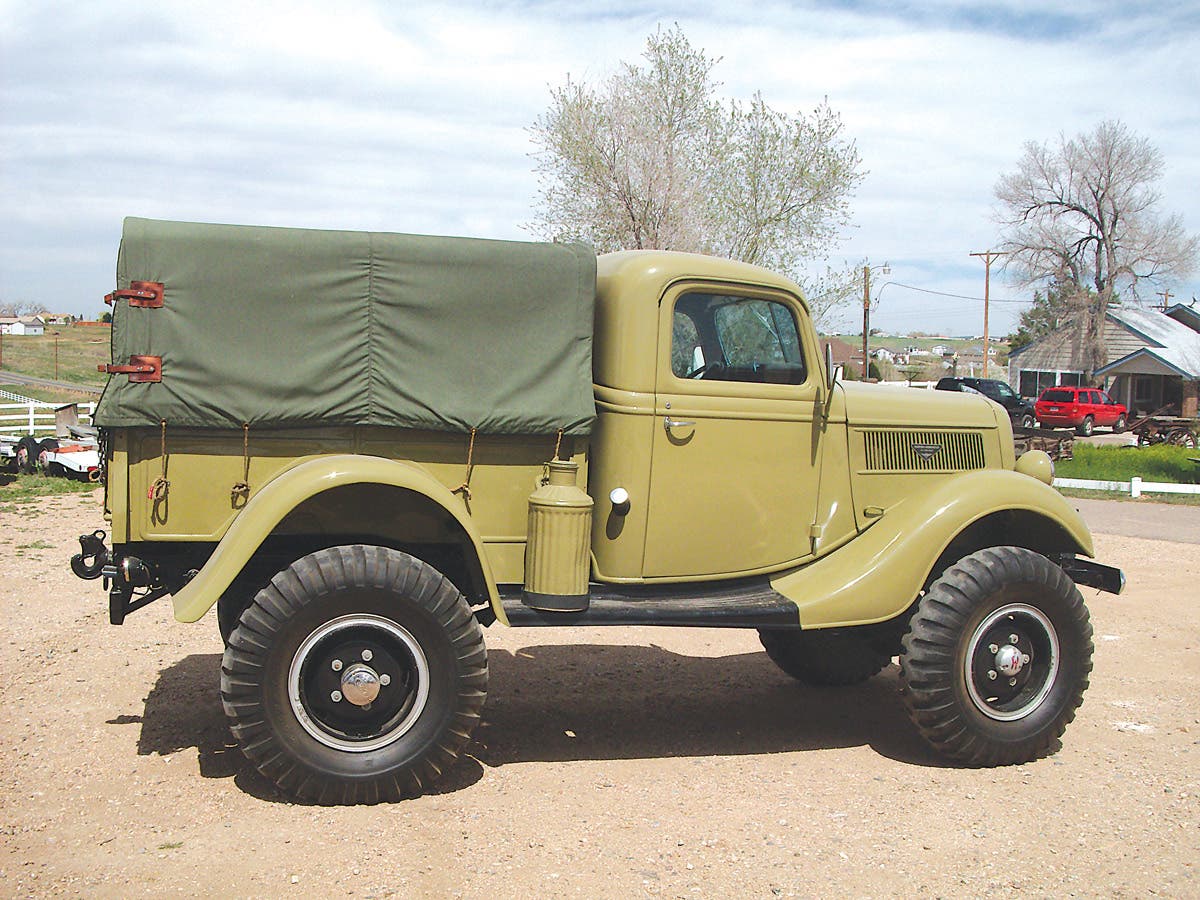The “Swiss Army knife” of Special Ops vehicles
A look back at the U.S. Joint Special Operations Command/Delta Steyr Pinzgauer, 1988-2008
By Alan Wise
The failed 1980 Iranian hostage rescue mission — Operation Eagle Claw — resulted in a major expansion of US Special Operations capabilities throughout the 1980s. This also grew to include counter-terrorism operations with great leaps in world-wide reach and effectiveness. A large part of the expansion was the acquisition of unique equipment and the subsequent modifications of each to fit the wide array of possible missions.
Equally important was maintaining secrecy so as not to expose these new vital capabilities to potential adversaries. The newly formed Joint Special Operations Command of the Defense Department initially even classified the names of its five units.
One of these units is the 1st Special Operations Detachment-Delta (SFOD-D) also know as the Unit, Combat Applications Group (CAG), Delta Force, or simply, “Delta.” Its primary missions are hostage rescue and counter-terrorism operations although it routinely performs VIP protection and long range surveillance missions. Its area of operations (AO) is anywhere in the world.
VEHICLE MISSION Requirements
To fulfill these missions, Delta had a requirement for a vehicle with extreme off-road capability, exceptional reliability, large cargo capacity, and the ability to be quickly reconfigured for a number of different missions including tactical (armed), cargo, ambulance, command (communications), search and rescue, and very long range reconnaissance. Lastly, it had to be transportable inside either the MH-47 Chinook or the MH-53 Pave Low helicopters for covert, night time deployments.
In 1988, Delta acquired its first Steyr Pinzgauer Trucks, and thus began a very successful, 20-year relationship. The Austrian-built Pinzgauers are world-renowned as one of the very finest off-road vehicles ever built.
Initially, some were the 4x4 716M model while others were the longer 6x6 718M version. Evaluations and training began immediately, conducted at remote off-road areas in Utah.
The 6x6 718M was soon chosen for its abilities and capacity. With its 6-cylinder diesel engine, heavy-duty automatic transmission, six wheel drive, locking differentials, high ground clearance, dual caliper brakes, and well protected undercarriage, the “Gauer,” as it was nicknamed, performed exceptionally well and was favored by the Delta operators.
Specific Delta Modifications
Over time, more than 40 modifications evolved. One of the first was increasing the 718’s cargo capacity — eventually up to 7,000lbs — by changing the suspension and wheels. Other modifications included night vision infrared lighting, on board air compressor, combat run-flat wheels, heavy weapons turret ring, front and rear weapon mounts, winch, tow bar, protective wire hook, heavy duty dashboard for mounting gear, and mounts for radio antennas and satellite communications (SATCOM). Various radios and satellite communication systems were used as well as electronic counter-measure (signal jamming )gear.
Multi-barreled smoke grenade launchers as used on armored vehicles were installed to offer counter-ambush protection by rapidly creating a smoke screen for escape. 16 multi-function mounts were added to the sides to carry additional fuel or water cans as well as backpacks. Pioneer tools and two traction ramps were also attached to the sides.
A major Delta mission was the assaulting of a hijacked airliner anywhere in the world. This required covert insertion and the employment of the Elevated Tactics System. This adjustable raised platform system attached easily to the Pinzgauer and permitted an assault team to approach an airliner unseen from the rear and instantly enter the aircraft at the proper elevation.
Unlike the US Military’s standard tactical vehicle, the HMMWV, the Pinzgauer 718 is just narrow enough to fit inside both the MH-47 Chinook and MH-53 Pave Low helicopters — a major requirement for conducting covert insertions deep inside enemy territory. With the loading ramp in the open level position, two could be carried inside the MH-47s. Backed in for insertion and forward for exfiltration (exiting) for speed. Additionally, while only two feet longer than the 4x4 HMMWV, the modified 718’s cargo capacity is 7,000 lbs compared to only 2,500lbs for the HMMWV.
Carry ramps were often fitted to the rear in the 718Ms for the Honda dirt bikes favored by Delta for area recon and scouting, either the XR-250R or XR-350R. Pinzgauers were fitted with six T-bars made of square steel stock welded in the shape of the letter “T.” Three could be mounted on each side by sliding into the square sockets welded to the Gauer. These were used to sling rucksacks — the carrying straps of the ruck were slung over the horizontal cross member of the T-bar. As one Delta Operator explained, “When it was time to Rally Over Night (RON), or Rally Over Day (ROD) and catch some sleep, some of us liked to turn the T-bars sideways and sling a hammock from bar to bar and sleep that way. It kept us off the ground and a hammock is actually quite comfortable.”
RETIRED FROM SERVICE
In 2008, the US Air Force retired the MH-53 after many years of service. As a result — and after 20 years of extreme mission capability — the Pingauers were retired, as well. The three separate vehicles that replaced the ‘Gauers remain classified at this time.
*As an Amazon Associate, Military Trader / Military Vehicles earns from qualifying purchases.
From the staff of North America's no. 1 historic military vehicle source -- Military Vehicles Magazine




